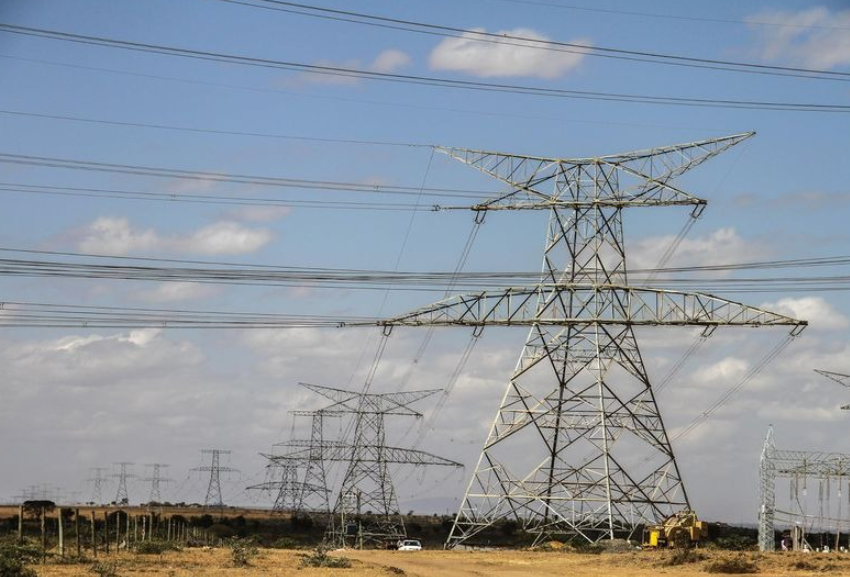Customers connected to grid hit 10.9 million, Mbadi says

Kenya’s energy sector has recorded a significant expansion, with total electricity generation rising to 3,243 megawatts in 2025, onboarding 932,839 new customers and raising total connections from 8.9 million in 2022 to 10.9 million this year.
National Treasury and Economic Planning Cabinet Secretary John Mbadi’s announcement during the presentation of 2025/26 Budget Statement underscores Kenya’s progress toward universal energy access.
Yet, behind the headline growth, deeper structural inefficiencies continue to undermine affordability and reliability for households and businesses alike. “To promote access to reliable and competitive energy, the government has expanded energy generation by installing an additional 167 megawatts of electricity from 3,076 megawatts in 2022 to 3,243 megawatts in 2025,” Mbadi said.
Despite the increase in capacity, the grid remains weighed down by persistently high system losses. As of December 2024, system losses had peaked at 23.65 per cent, well above the 18.5 per cent threshold set by the Energy and Petroleum Regulatory Authority (Epra).
These losses, largely attributed to outdated infrastructure, technical inefficiencies, and electricity theft, have become a major cost driver for Kenya Power (KP). Although the Energy, Petroleum Regulatory Authority (Epra) allows the utility to recover part of these losses through consumer tariffs, the excess is often passed indirectly to the public through higher bills and surcharges.
For ordinary Kenyans, the cost of electricity remains a source of financial strain. Households consuming under 30 kilowatt-hours per month are billed at Sh12.22 per unit, while those in the mid-tier range (31–100 kWh) pay Sh16.30. Higher consumption attracts rates of up to Sh20.97 per unit, before taxes and levies.
Once fuel cost adjustments, forex charges, and Value Added Tax (VAT) are added, the effective cost can climb to between Sh30 and Sh35 per kilowatt-hour, among the highest in sub-Saharan Africa.
Industrial users pay a slightly lower average of Sh19 per unit, but inefficiencies in the grid still inflate overall input costs for manufacturers. These elevated tariffs have had a ripple effect on the cost of living and doing business. Energy-intensive sectors such as food processing, textiles, and transport are passing on their rising power bills to consumers, increasing inflationary pressures.
Estimates suggest that Kenya could save up to Sh6 billion annually in consumer costs by reducing system losses to regional best-practice levels of 14–15 per cent.
While the pace of daily connections, now at 2,316, is impressive, the broader challenge lies in making electricity affordable and reliable. Kenya Power, in partnership with the government and the Kenya Electricity Transmission Company (Ketraco), has embarked on a suite of reforms, including smart grid deployment, metering upgrades, and anti-theft initiatives aimed at curbing losses and boosting operational efficiency. With energy access increasingly seen as both a development necessity and a cost-of-living driver, the stakes are high.
Kenya charts its course toward middle-income status and deepens its digital and industrial ambitions, a stable and affordable electricity backbone will be essential.
Without a decisive reduction in losses and better cost containment, the benefits of increased connectivity risk are being overshadowed by unsustainable consumer burdens.















